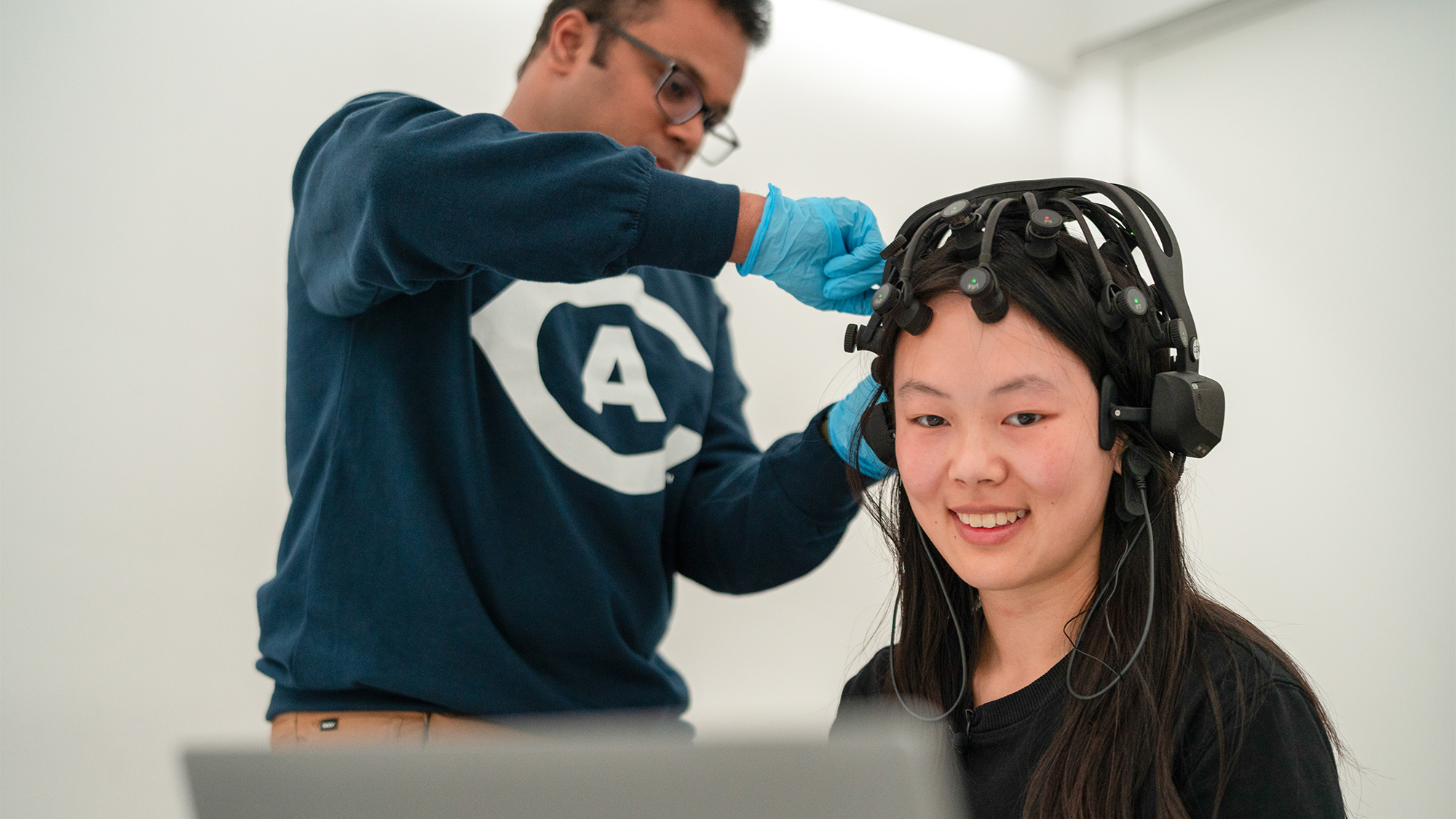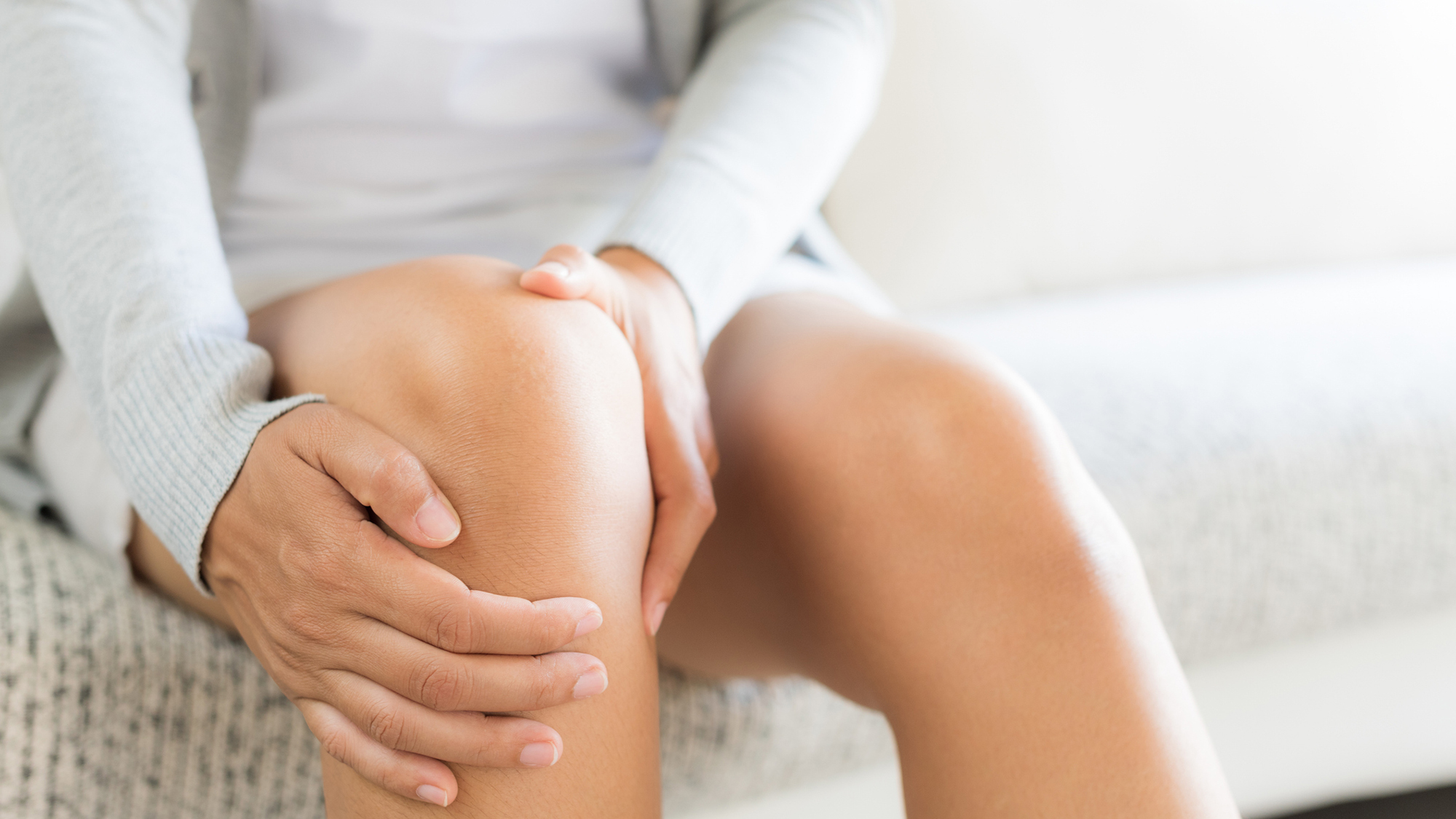The From Labs to Lives Blog connects everyday topics with UC Davis research. Each post is reviewed by our experts, ensuring you always get useful information you can trust.
Not all joint pain is serious, but some signs shouldn’t be ignored. If you’ve ever been told you have a bone spur, or you’re dealing with nagging joint pain, stiffness or limited mobility, it’s important to know what’s normal, what’s treatable and what might be a red flag.
This guide will help you understand what bone spurs are, common causes, symptoms and when to seek treatment. Dr. Nancy Lane, an expert in osteoporosis and osteoarthritis, answers common questions to help you better understand and care for your bones.
What is a bone spur?
A bone spur, or osteophyte, is a small, bony overgrowth that develops at the end of bones, or near a joint where a ligament attaches. Bone spurs can form without causing any symptoms, but when they press on nerves or restrict movement, they can become painful or inflamed. Common sites for bone spurs are the shoulders, spine, heel, hip and knee.
Causes and risk factors
Bone spurs usually develop over time due to factors such as aging, genetics, joint degeneration (including osteoarthritis) and prior injury.
Symptoms of bone spurs
Bone spurs don’t always cause symptoms. But when they do, the effects vary depending on where they’re located.
Heel pain
Sharp or stabbing pain when first standing or walking. Pain is often worse in the morning or after rest. It may be mistaken for plantar fasciitis (and often coexists with it).
Shoulder pain
Pain when lifting the arm overhead, often with clicking, catching, loss of range of motion or weakness.
Spine pain
Neck or lower back pain, tingling, numbness or weakness in the arms or legs, and stiffness or reduced mobility.

From Labs to Lives
At UC Davis, our research helps people like you. Federal funding helps us move discoveries from our labs to your community faster. Learn how you can support life-changing research.
Diagnosing a bone spur
A diagnosis usually starts with a physical exam and medical history, especially if you’ve had chronic joint pain or stiffness. Common tools for diagnosis include X-rays, MRI scans and ultrasounds. X-rays are the most common and cost-effective method.
Treating bone spurs: What actually helps
The good news is that most bone spurs don’t require surgery. Symptoms can be managed with physical therapy, supportive footwear or anti-inflammatory medications. Most people see improvement within four to eight weeks with consistent therapy. If a bone spur causes serious complications to your daily life, your provider might suggest surgery.
Can you ‘dissolve’ bone spurs naturally?
No, bone spurs don’t dissolve through natural remedies. Focus on managing symptoms and creating the right environment for your body to adapt. That matters more than trying to “melt away” the spur itself.
Six warning signs of possible bone cancer
Most bone aches and bone spurs are not cancer. But there are a few symptoms that should never be ignored. Signs and symptoms include:
- Persistent or worsening bone pain
- Pain radiating from a bone spur that presses on nerves
- Swelling or tenderness over a bone without a clear cause
- A hard lump or mass that seems to be growing
- Unexplained weight loss
- Fever or night sweats with no known illness
These are rare, but serious. When in doubt, talk to a doctor.
When to see a clinician
It’s time to get evaluated if:
- Pain lasts more than two to three weeks despite rest or self-care
- Symptoms affect your sleep and your daily life
- You notice weakness or numbness in any areas of the body
It’s important to see a physician if numbness or muscle weakness develops. This could mean the bone spur is impinging on the nerve.
— Lane
Bone spurs sound scary, but they’re common and often manageable with smart care. Knowing the difference between typical aches and more serious symptoms helps you take control of your health. Early action leads to better outcomes.

Bone Basics: How Many Bones Are in the Human Body?
Did you know? At birth, babies have around 300 bones. But by the time we reach adulthood, we’re left with 206 bones. UC Davis answers top bone questions.
Review process
Reviewer
Dr. Nancy E. Lane is a rheumatologist who specializes in adult bone and joint diseases. She has particular expertise in bone conditions like osteogenesis imperfecta, glucocorticoid-induced osteoporosis and pain related to osteoarthritis.
Writer
Anila Lijo is a writer-editor for UC Davis’ Office of Strategic Communications.
Editor
Tatiana Muñiz is an SEO copywriter for UC Davis’ Office of Strategic Communications.
